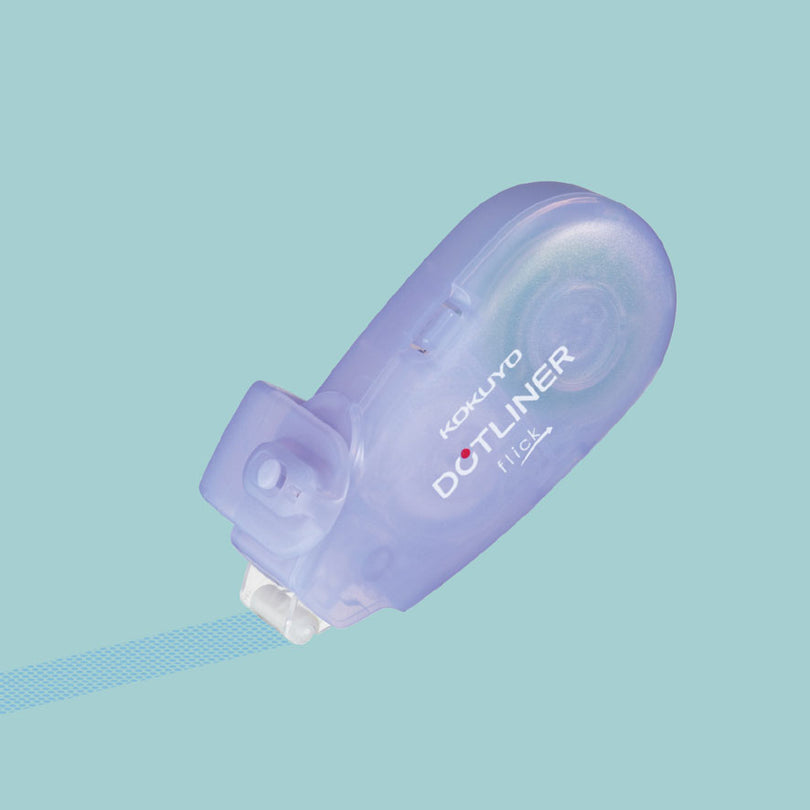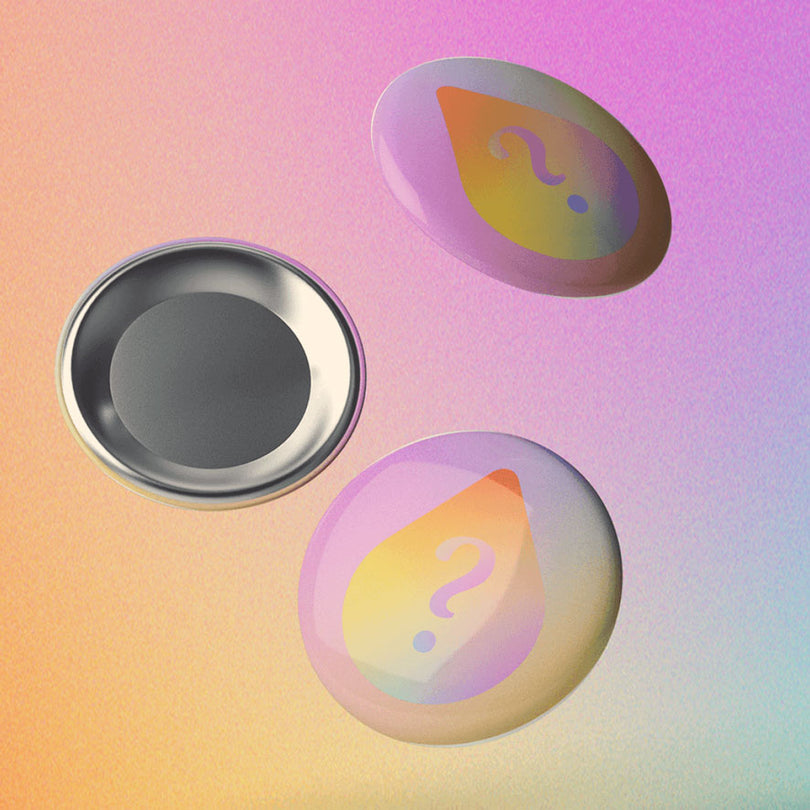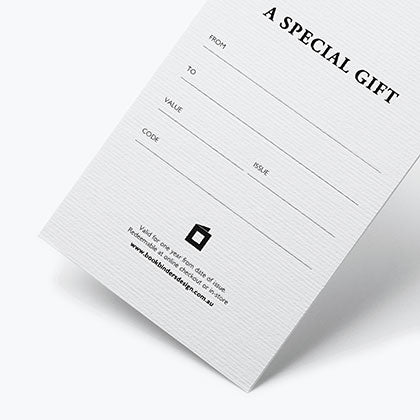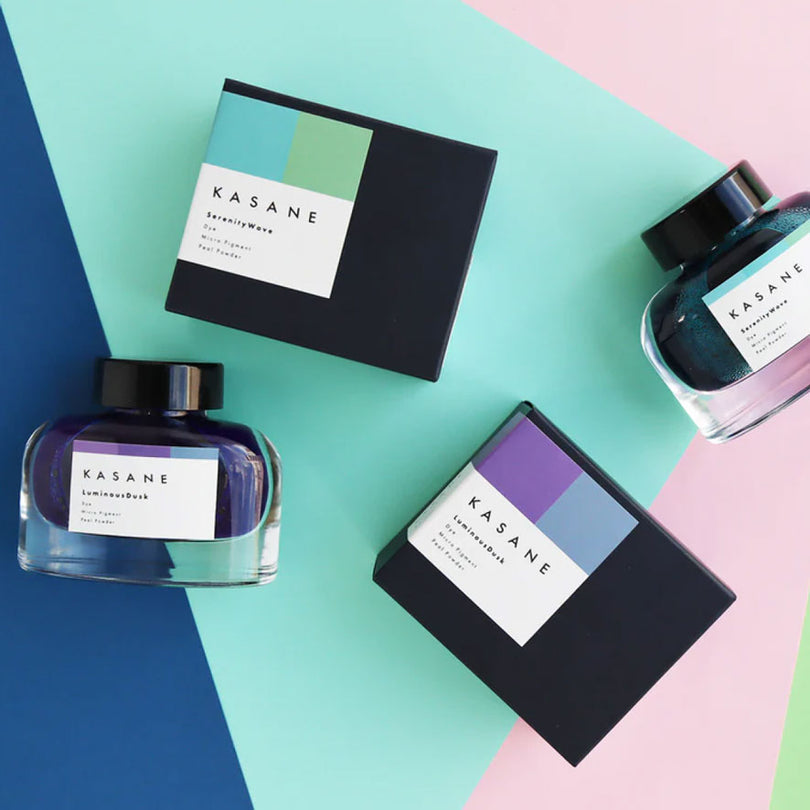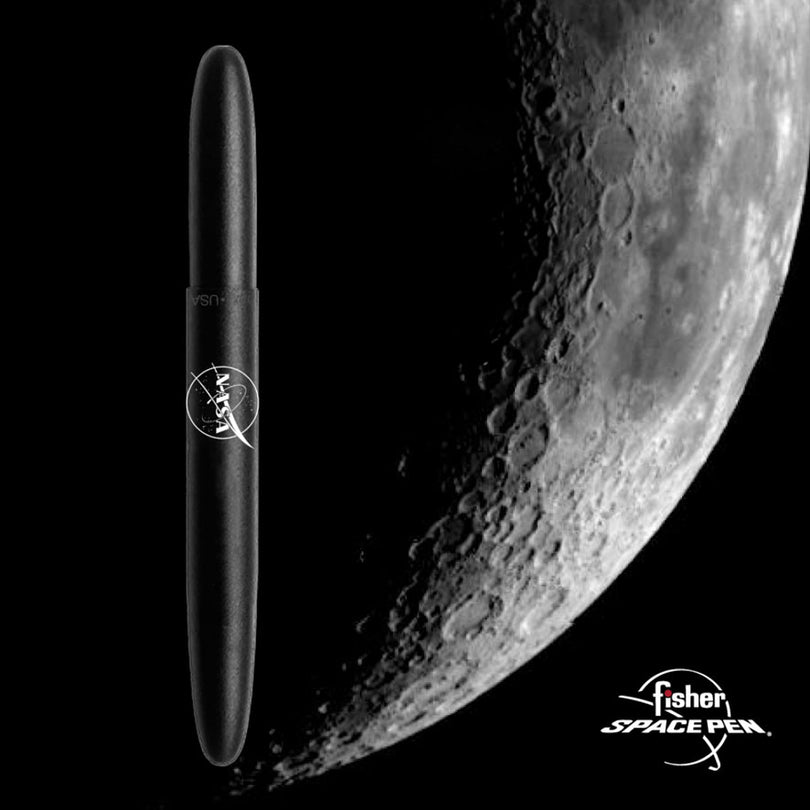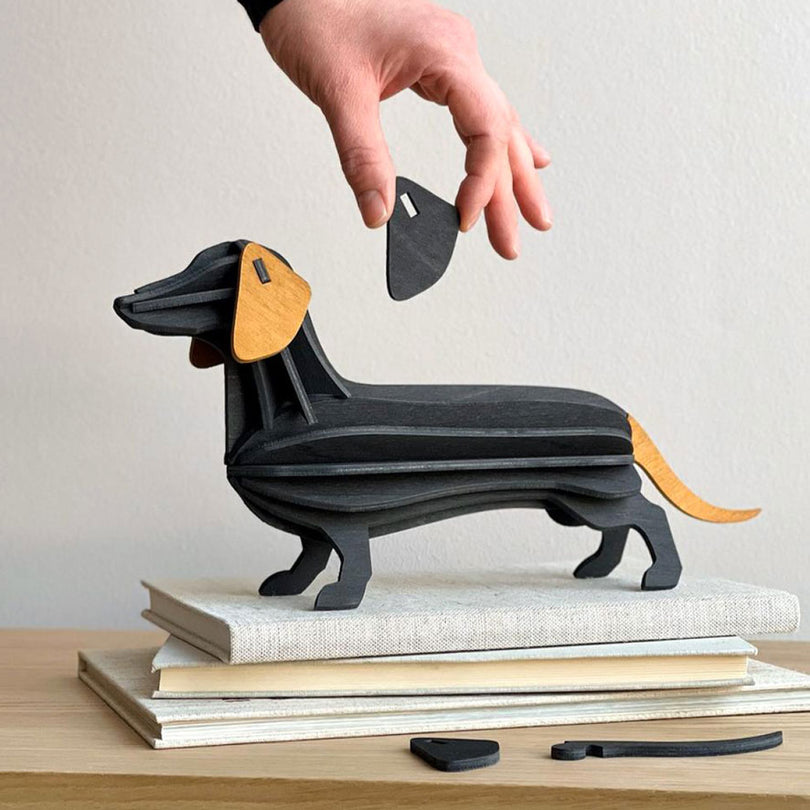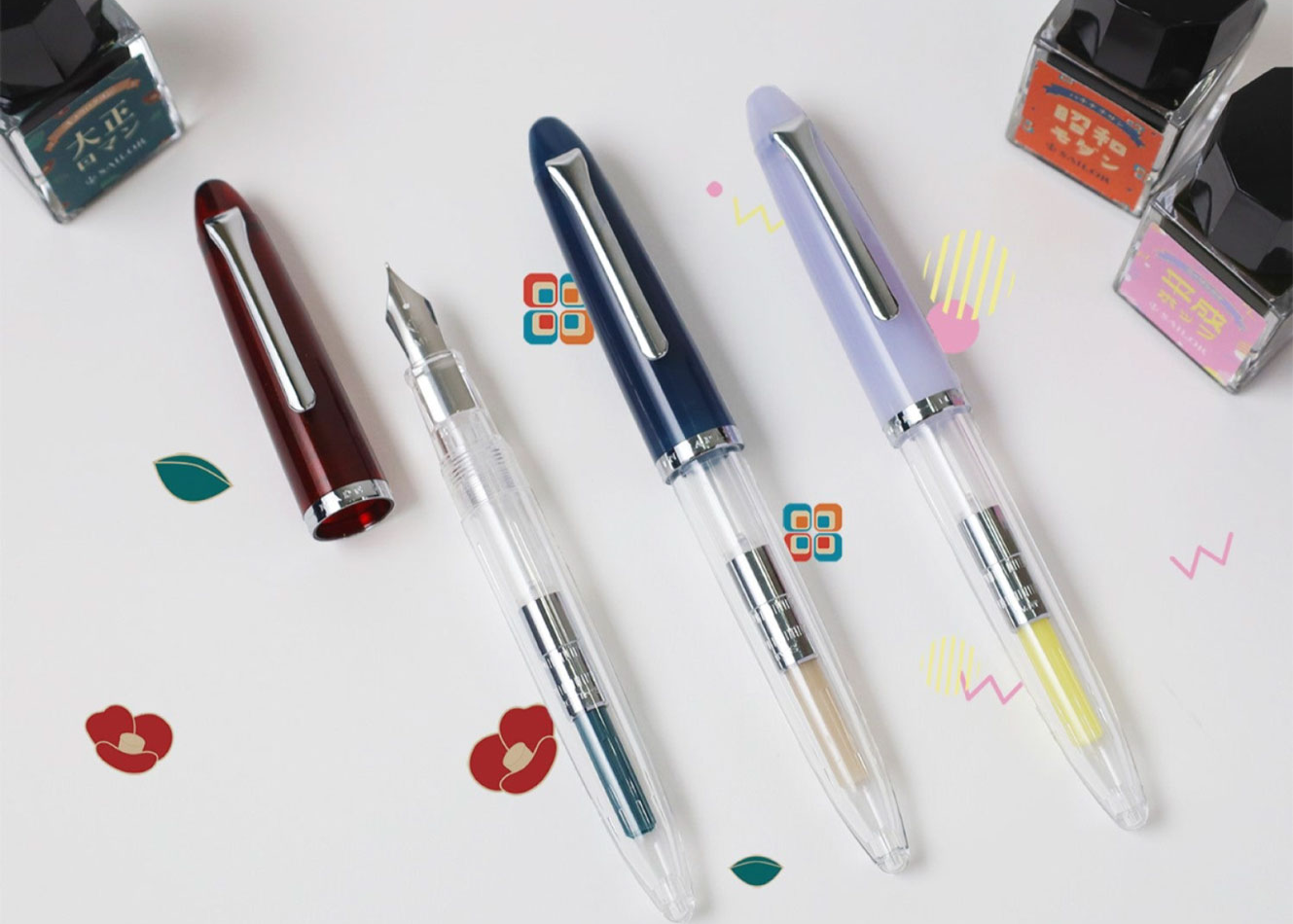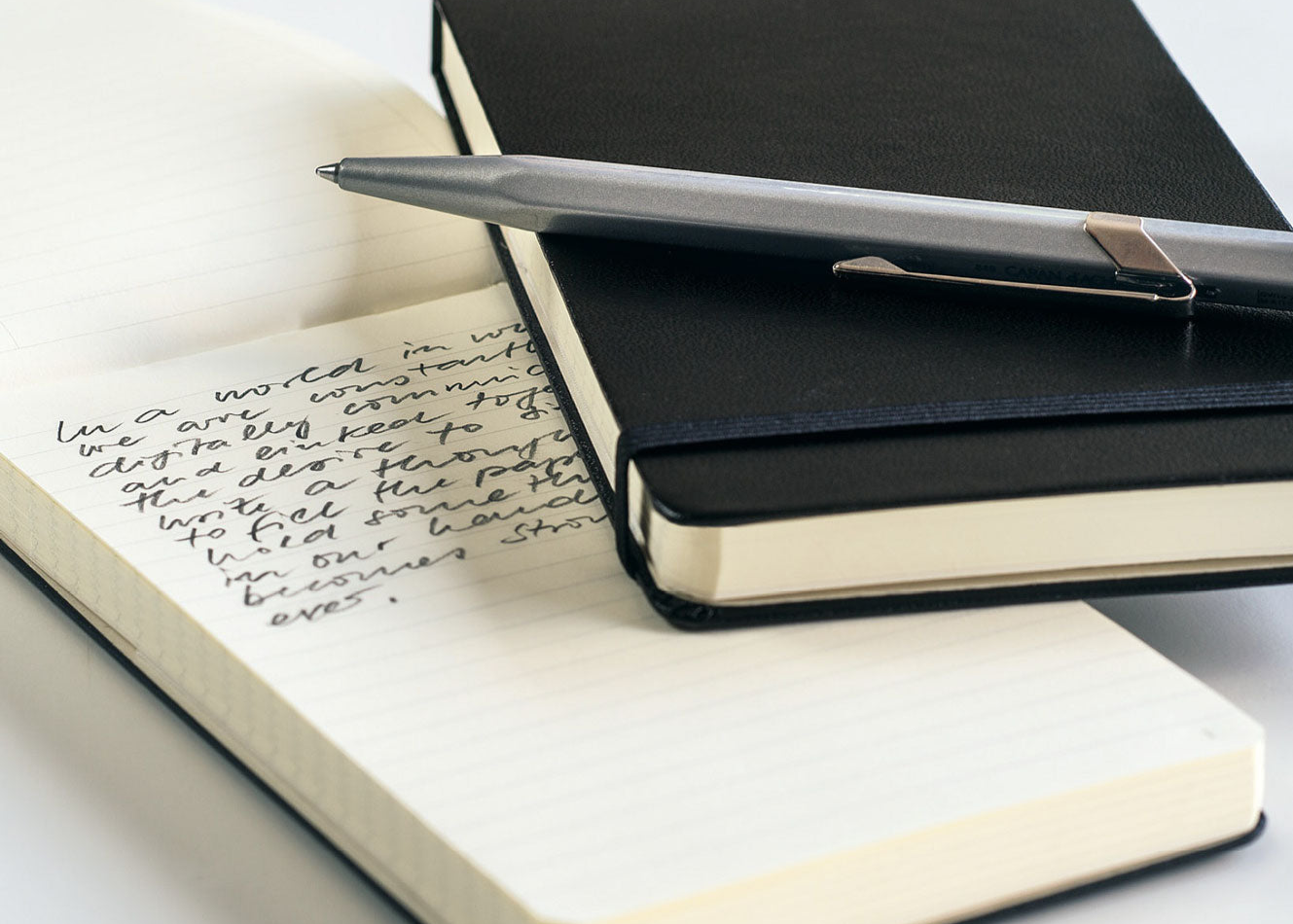History of Japanese Fountain Pens
Did you know that fountain pens didn't originate in Japan?
Japanese makers recognised the great potential of this European innovation due to their deep cultural connection to writing.
But instead of simply copying Western designs, they saw room for improvement – and we are forever grateful. They refined nibs to better suit intricate Japanese characters, developed better ink flow systems, and introduced traditional craftsmanship to pen design.
Established in the early 20th century, Pilot, Sailor, and Platinum are the oldest fountain pen manufacturers in Japan. Today, they offer some of the finest fountain pens in the world – each with its unique approach to design and function.
Just as they have since the beginning, Japanese pens continue to evolve and improve.
- Platinum’s Slip & Seal mechanism prevents ink from drying out in the pen for up to two years!
- Sailor continues to refine specialty nibs, such as the iconic Naginata Togi, which allows for varying line widths depending on the writing angle.
- In the 1960s, Pilot revolutionised fountain pens with the launch of the Pilot Capless, the first retractable fountain pen inspired by the ease of a click mechanism.
Decades later, these innovative designs continue to evolve, refining form and function.
Whether you’re looking for an affordable everyday pen or a luxury writing instrument, this guide will help you navigate our collection of Japanese fountain pens with confidence.
What Makes Japanese Fountain Pens Special?
1. Exceptional nib quality
One of the biggest draws of Japanese fountain pens is their superior nib craftsmanship. Brands like Pilot, Sailor, and Platinum produce some of the finest nibs in the world, with many of them being hand-finished by skilled artisans.
- These companies manufacture their own nibs, allowing them to have greater control over production and ensuring consistent high quality.
- Japanese nibs tend to be finer than their Western counterparts, because Japanese writing can require many strokes per character.
- Many high-end models feature gold nibs, which aren’t inherently superior to steel nibs, but they are softer, more flexible, and resistant to corrosion.
- Japanese manufacturers produce specialty nibs with unique grinds for calligraphy and expressive writing. Sailor leads the way with a collection of seven specialty nibs for achieving great variety and dynamic lines.

2. Ink Flow & Writing Experience
Japanese fountain pens are designed for precision and control, making them ideal for those who prefer clean, detailed handwriting.
Their nibs are often praised for:
Smooth but controlled ink flow – Less ink spread compared to Western pens.
Reliability – Excellent for everyday writing, journaling, and professional use.
Balanced feedback – Japanese nibs (especially Sailor) offer pleasant resistance.
👉 If you’re not used to fine nibs, you may find this feedback (where you can feel the texture of the paper as you write) to be scratchy, especially depending on the paper you use. Fine nibs provide more control and precision, but if this gives you the ick, opt for a smoother nib—check out Naginata Togi (Broad) or Zoom nibs by Sailor, Pilot Custom 823 or Pilot Custom Urushi fountain pens with a broad nib.
3. Traditional & Modern Engineering
Japan has a long tradition of blending heritage techniques with innovation, which is reflected in its fountain pens. Some unique features include:
- Urushi Lacquer & Maki-e Art – Used in high-end models, these traditional Japanese techniques create stunning hand-painted designs.
- Innovative Materials – From resin bodies to metal finishes, Japanese brands experiment with different materials for durability and aesthetics.

4. Attention to Detail
Japanese brands are known for their exceptional quality control. Whether it’s an entry-level Pilot Kakuno or a luxury Sailor King of Pens, you can expect a pen that is:
✔ Carefully inspected and tuned.
✔ Built for long-term use with quality materials.
✔ Designed with ergonomics and balance in mind for a comfortable writing experience.
5. Built to Last: The Mottainai Philosophy
Japanese fountain pens are designed with longevity in mind, reflecting the mottainai principle – a deep respect for resources and a commitment to reducing waste. Made from durable materials and engineered for easy maintenance, these pens are made to last for decades with proper care. This focus on sustainability and quality ensures that a well-kept Japanese fountain pen can become a lifelong companion.
Major Japanese Fountain Pen Brands
Japan is home to three powerhouse fountain pen brands: Pilot, Sailor, and Platinum. Each has a rich history, unique craftsmanship, and standout features that make them favourites among writers and collectors worldwide.
Pilot
Founded in 1918, Pilot is known for pioneering capless retractable fountain pens, developing exceptionally smooth gold nibs, and creating advanced ink technologies like Iroshizuku fountain pen ink, which is celebrated for its rich colours and smooth flow.
Notable models:
- Pilot Capless (Vanishing Point): The world’s first retractable fountain pen, combining convenience with smooth writing.
- Pilot Custom 823: A highly sought-after model with a vacuum filling system for serious ink capacity.
- Pilot Kakuno: A beginner-friendly pen with a smiley-face nib for guiding proper grip.
Pilot’s precise engineering and impressive variety—from budget to custom specialty pens—make it a brand you can start with and grow with on your fountain pen journey!

Sailor
Founded in 1911, Sailor is renowned for exceptional nib craftsmanship and an array of specialty nibs. Their pens are praised for unique nib grinds and balanced feedback.
Notable models:
- Sailor Pro Gear: A sleek, professional-looking pen available in vibrant colours and multiple sizes (Slim, Standard, and King of Pen) to suit different hand preferences.
- Sailor 1911: Named after the year Sailor was founded, this classic cigar-shaped pen features smooth gold nibs and is available in Standard and Large models.
- Specialty Nibs: Sailor offers one of the most extensive ranges of custom nib grinds for everything from calligraphic expression to ultra-fine precision.
Sailor pens are beloved by those who enjoy a more tactile writing experience and customised nib options. Like Pilot, Sailor offers a wide range of options, from accessible entry-level pens to bespoke and luxury models designed for professionals and collectors.

Platinum
Founded in 1919, Platinum is best known for their ingenious airtight cap system. While not as widely recognised outside Japan as Pilot or Sailor, Platinum produces some of the most technically refined and durable fountain pens available.
Notable models:
- Platinum 3776 Century – A contemporary fountain pen with a sleek design, comfortable writing balance, smooth flow, and fast-drying ink.
- Slip & Seal Mechanism – Found in the 3776 Century and other models, this airtight cap system prevents ink from drying out for up to two years, making Platinum pens one of the best choices for those who rotate between multiple pens.
- Urushi & Celluloid Models – Platinum is one of the few brands that still produces traditional Urushi lacquer and celluloid pens.
We offer mid-range to high-end Platinum pens known for their exceptional quality and innovative features. These pens are not only beautifully made but also incorporate advanced technologies and traditional craftsmanship that make them stand out in the fountain pen world.
Whatever you're looking for – a mid-range pen that punches above its weight or a collector’s piece with traditional craftsmanship – we think Platinum is a brand that deserves your attention.

How to Choose a Japanese Fountain Pen
With so many excellent pens available, selecting the right one comes down to your writing style, budget, and preferences. Here’s what to consider when choosing the perfect pen for you:
Nib Size & Writing Style
Japanese nibs are generally finer than their Western counterparts, so it’s important to choose the right size for your needs:
- Extra Fine (EF): Ideal for tiny, precise handwriting or detailed sketching.
- Fine (F): Great for note-taking, bullet journaling, and those who write small.
- Medium (M): A balance between precision and smooth ink flow – versatile for everyday use.
- Broad (B) & Specialty Nibs: Best for bold, expressive strokes, and a smoother feel.
👉 Keep in mind that a Japanese Medium writes closer to a Western Fine!
Gold vs. Steel vs. Rhodium Nibs
- Gold nibs (found in higher-end models like the Pilot Custom 823 or Sailor 1911) offer a softer, more flexible writing experience.
- Steel nibs (such as those on the Pilot Kakuno) are firmer and more affordable but still smooth and reliable.
- Rhodium nibs are smoother and provide a luxurious writing experience, with enhanced durability and corrosion resistance, though they come at a higher price point.
👉 Gold nibs adapt to your writing pressure over time.
Filling Systems: Cartridge, Converter, or Piston?
How you refill your pen affects both convenience and ink variety:
- Cartridge: Easy to swap but limited to proprietary inks (e.g., Platinum, Pilot, and Sailor have their own cartridges).
- Converter: Lets you use bottled ink, offering more colour choices and eco-friendliness. Japanese fountain pens provide proprietary converters for most of their pens.
- Piston/Vacuum Fillers: High ink capacity, ideal for heavy writers (e.g., Pilot Custom 823).
👉 If you love trying different inks, a converter or piston filler is the way to go! Check out our blog to find out all about cartridge and converter compatibility.
Everyday Use vs. Collector’s Piece
- For daily writing: Choose a reliable, smooth-flowing pen like the Platinum 3776 Century or Pilot Custom 74.
- For a luxury experience: Consider our high-end pens with Urushi lacquer, specialty nibs, or limited editions.
- For beginners: The Pilot Kakuno or Pilot Metropolitan, and Sailor Profit Junior are budget-friendly and easy to use.
Comfort & Aesthetic
Japanese fountain pens are made from various materials, from lightweight resin to heavier ebonite or metal. If you prefer a lighter pen, try a Sailor Pro Gear Slim. If you like a generously sized pens, something like the Sailor King Pro Gear might be a better fit.
Ready to Start Exploring?
Simply put, Japanese fountain pens deserve their praises.
The Japanese name for fountain pen is 万年筆 (Mannenhitsu), reflecting the long-lasting quality these pens offer. Whether you’re looking for an art tool, a collector’s piece, or a pen for everyday use, Japanese pens deliver on all fronts.
By understanding which pen suits your style, and learning how to properly clean a fountain pen, you can be sure your Mannenhitsu will last for years to come.
Discover our collection of Japanese fountain pens and find the perfect one for you.
Questions? We’d love to hear from you, so don’t be shy! Contact us on Facebook, Instagram or via email at info@bookbindersdesign.com.au

